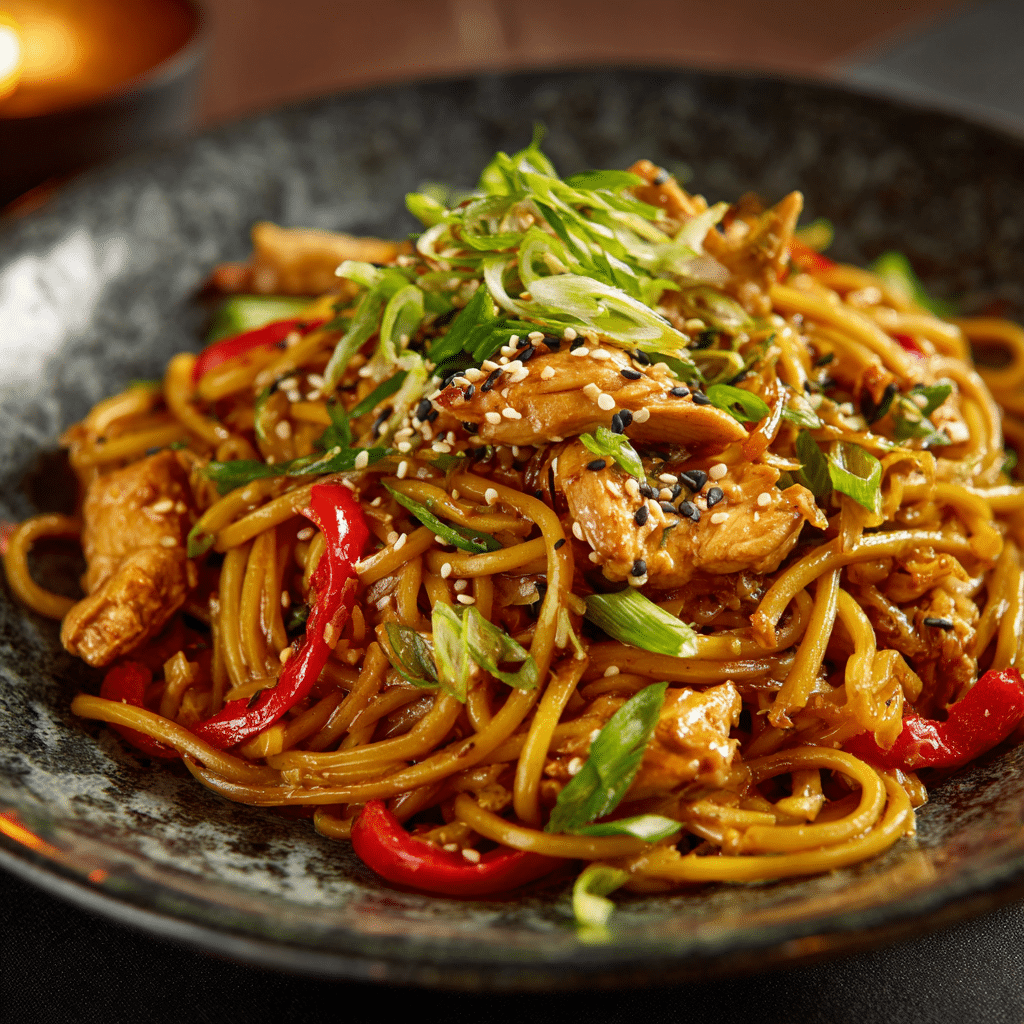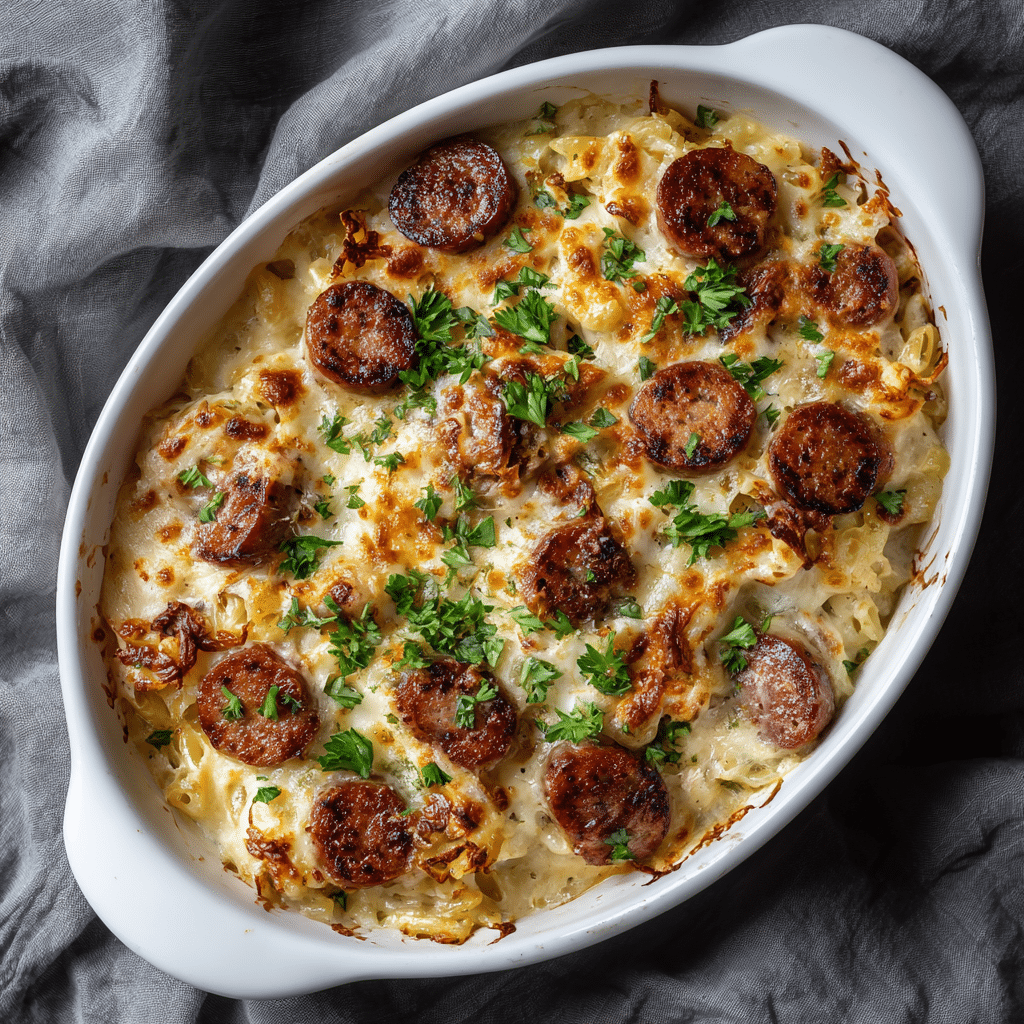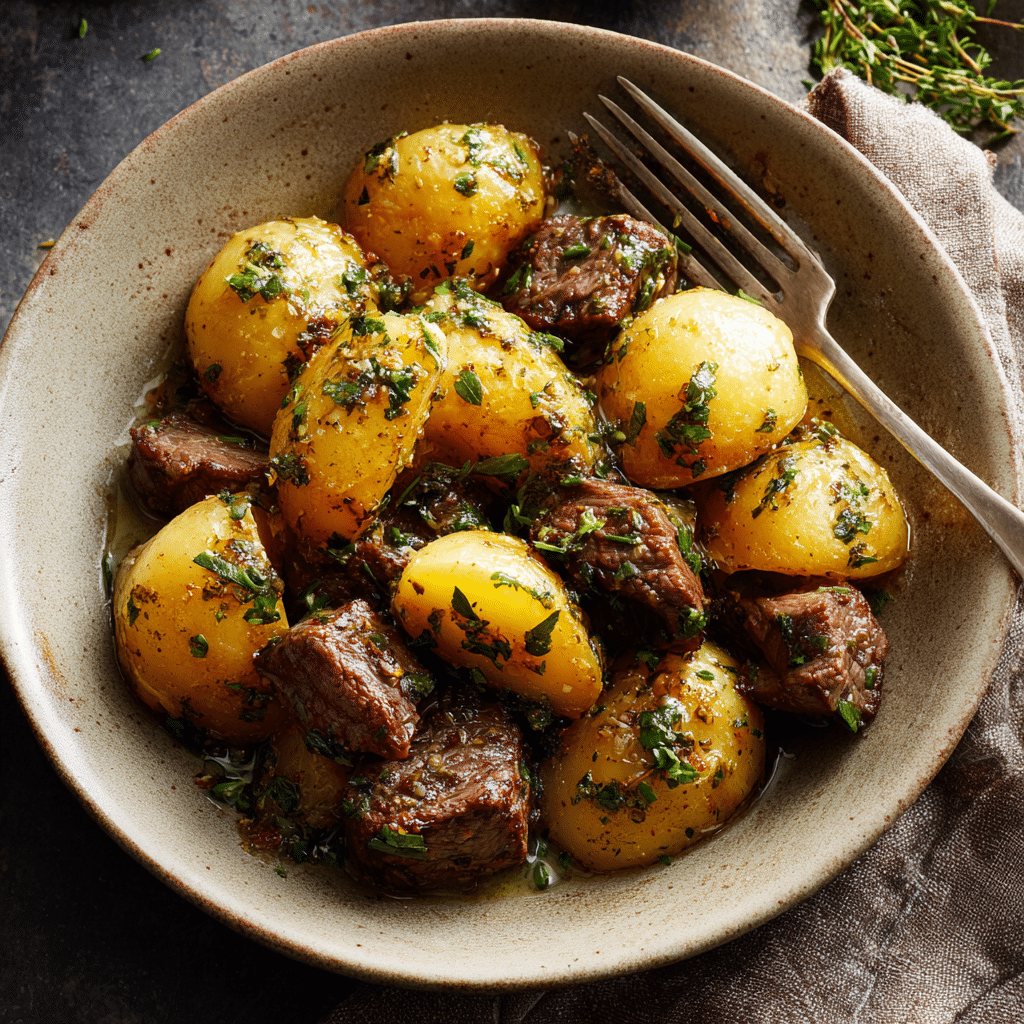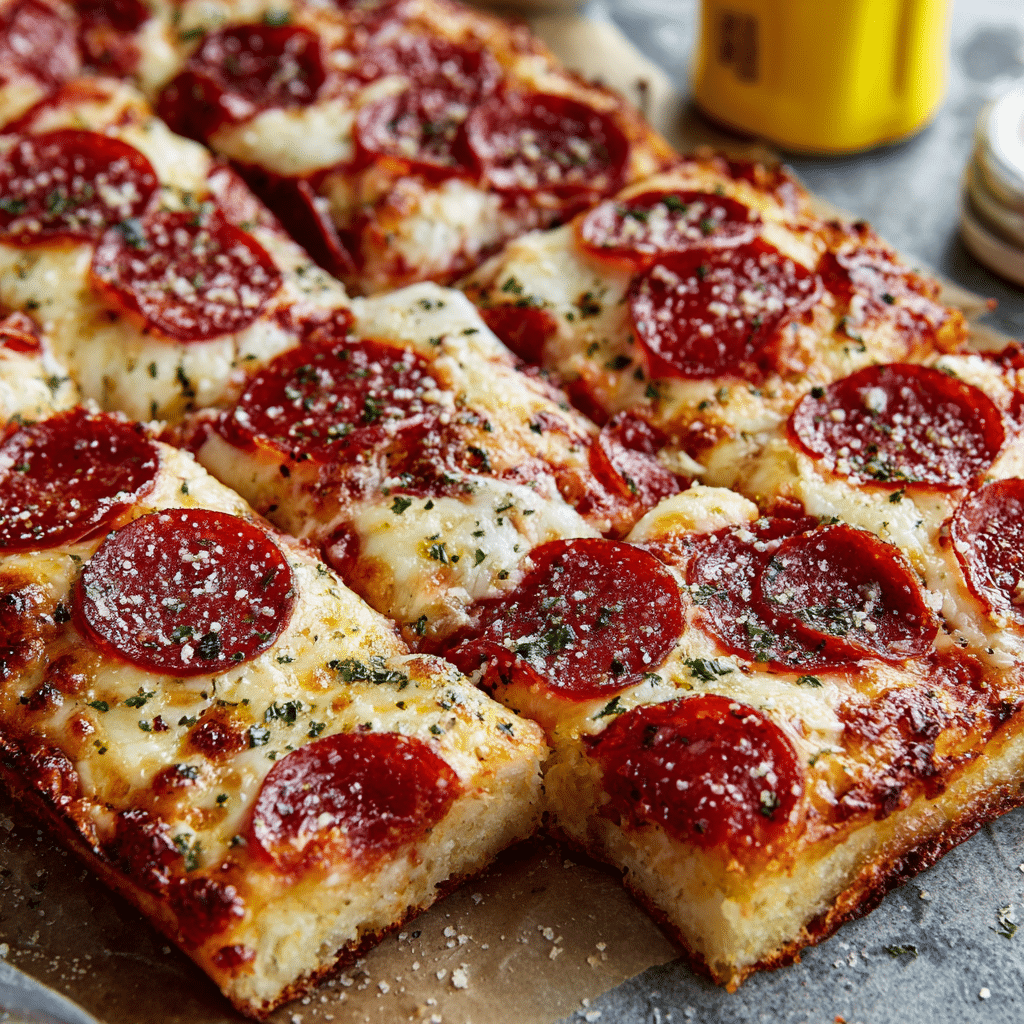There’s something special about recreating takeout favorites at home. Not only do you get the satisfaction of cooking it yourself, but you also get fresher flavors, healthier ingredients, and that unbeatable homemade touch. One dish that consistently tops the list of cravings? Chicken Chow Mein.
This iconic stir-fried noodle dish is beloved worldwide for its balance of savory sauce, tender chicken, crisp vegetables, and perfectly chewy noodles. It’s the kind of meal that’s comforting, satisfying, and endlessly customizable. While you might think it requires complicated techniques, the truth is, making chow mein at home is quick, easy, and far more rewarding than dialing up your local restaurant.
Whether you’re cooking for your family, meal prepping for the week, or just in the mood for a cozy night in, this homemade chicken chow mein recipe is your ticket to takeout-style flavor without ever leaving your kitchen.
What is Chow Mein?
Chow Mein, which translates to “stir-fried noodles” in Cantonese, is a classic Chinese dish made with noodles, protein (often chicken, beef, pork, or shrimp), and vegetables, all tossed together in a savory sauce. The beauty of chow mein lies in its texture: the noodles are slightly chewy, the vegetables crisp-tender, and the sauce silky enough to coat everything evenly.
There are regional variations:
-
Cantonese chow mein often features pan-fried noodles for a crispy base.
-
American-style chow mein can sometimes mean a saucy stir-fry served over crispy fried noodles.
This recipe focuses on a restaurant-style stir-fried version that’s saucy, flavorful, and perfect for weeknights.
Why You’ll Love This Chicken Chow Mein
Here are just a few reasons this recipe deserves a spot in your dinner rotation:
-
Better than takeout: Fresher ingredients and customizable flavors.
-
Quick & easy: Ready in about 25 minutes.
-
One-pan dinner: Minimal cleanup required.
-
Flexible: Swap proteins or add any vegetables you like.
-
Family-friendly: Mild enough for kids but can be spiced up for adults.
Ingredients You’ll Need
This recipe uses easy-to-find ingredients, many of which may already be in your pantry.
For the Chicken Marinade:
-
1 lb (450 g) boneless, skinless chicken breast, thinly sliced
-
1 tbsp soy sauce
-
1 tsp cornstarch
-
1 tsp sesame oil
For the Noodles & Vegetables:
-
8 oz chow mein noodles (fresh or dried)
-
2 tbsp vegetable oil
-
2 cups shredded cabbage (green or Napa)
-
1 medium carrot, julienned
-
1 small bell pepper, thinly sliced
-
3 green onions, cut into 2-inch strips
-
2 cloves garlic, minced
For the Chow Mein Sauce:
-
¼ cup low-sodium soy sauce
-
2 tbsp oyster sauce
-
1 tbsp hoisin sauce (optional, for sweetness)
-
1 tbsp cornstarch + 3 tbsp water (slurry)
-
1 tbsp rice vinegar
-
1 tsp sugar
-
½ tsp white pepper (or black pepper)
Equipment You’ll Need
-
Large wok or skillet
-
Mixing bowls
-
Whisk
-
Tongs or chopsticks
-
Sharp knife and cutting board
Step-by-Step Instructions
Step 1: Marinate the Chicken
In a small bowl, combine soy sauce, cornstarch, and sesame oil. Add the sliced chicken, toss to coat, and set aside for at least 10 minutes. This quick marinade tenderizes the chicken and gives it that velvety restaurant texture.
Step 2: Prepare the Noodles
If using dried chow mein noodles, cook according to package instructions until just al dente. Drain, rinse under cold water, and toss with a teaspoon of oil to prevent sticking. If using fresh noodles, simply separate them by hand.
Step 3: Make the Sauce
In another bowl, whisk together soy sauce, oyster sauce, hoisin sauce (if using), rice vinegar, sugar, pepper, and the cornstarch slurry. Set aside.
Step 4: Cook the Chicken
Heat 1 tablespoon of vegetable oil in a wok or large skillet over medium-high heat. Add the marinated chicken and stir-fry for 3–4 minutes until golden and cooked through. Remove from the pan and set aside.
Step 5: Stir-Fry the Vegetables
In the same pan, add another tablespoon of oil. Toss in garlic, cabbage, carrots, and bell peppers. Stir-fry for 2–3 minutes until just tender but still crisp. Add the green onions at the end for a fresh bite.
Step 6: Combine Everything
Return the chicken to the pan. Add the cooked noodles and pour in the prepared sauce. Toss everything together with tongs or chopsticks until evenly coated and heated through, about 2 minutes.
Step 7: Serve and Garnish
Transfer to plates or bowls, garnish with sesame seeds or extra green onions if desired, and serve immediately.
Tips for the Best Chicken Chow Mein
-
Prep in advance: Stir-fries move fast, so chop everything before you start cooking.
-
Use high heat: A hot pan helps achieve that restaurant-style sear and smoky “wok hei” flavor.
-
Don’t overcook veggies: Keep them slightly crisp for the best texture.
-
Velvet the chicken: That quick cornstarch marinade keeps it tender and juicy.
-
Taste and adjust: Add more soy sauce for saltiness, hoisin for sweetness, or chili paste for heat.
Variations and Substitutions
One of the best parts about chow mein is how customizable it is. Try these twists:
-
Protein swaps: Use shrimp, beef, pork, or tofu instead of chicken.
-
Vegetarian: Skip the meat and double up on vegetables like mushrooms, snap peas, and baby corn.
-
Spicy version: Add a spoonful of chili garlic sauce or sriracha to the sauce.
-
Low-carb: Use zucchini noodles or shirataki noodles instead of chow mein noodles.
What to Serve With Chicken Chow Mein
This dish is a full meal on its own, but it pairs beautifully with other Asian-inspired recipes:
-
Egg rolls or spring rolls
-
Hot and sour soup
-
Steamed dumplings
-
Cucumber salad
-
Jasmine rice (if you want extra carbs)
Make-Ahead and Storage Tips
-
Meal prep: Chop veggies and marinate chicken up to 24 hours in advance.
-
Storage: Store leftovers in an airtight container in the refrigerator for up to 3 days.
-
Reheating: Warm in a skillet with a splash of water or soy sauce to loosen the noodles.
-
Freezing: Not recommended, as noodles tend to lose texture after freezing.
FAQs
What’s the difference between chow mein and lo mein?
Chow mein noodles are stir-fried for texture, while lo mein noodles are tossed with sauce. Both are delicious, but chow mein has a slightly drier, more seared finish.
Can I use spaghetti instead of chow mein noodles?
Yes! Spaghetti makes a great substitute in a pinch—just cook al dente so it holds up in the stir-fry.
Is chow mein healthy?
Homemade chow mein can definitely be healthy—it’s lighter than takeout because you control the oil, salt, and veggies.





